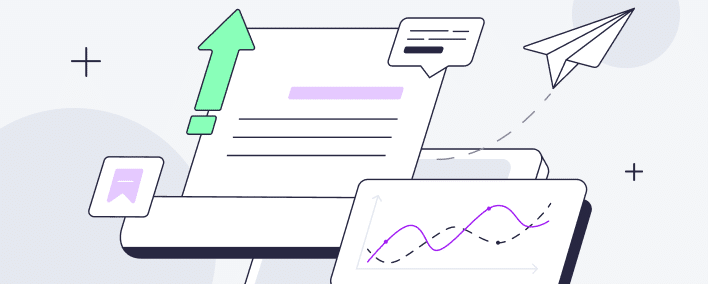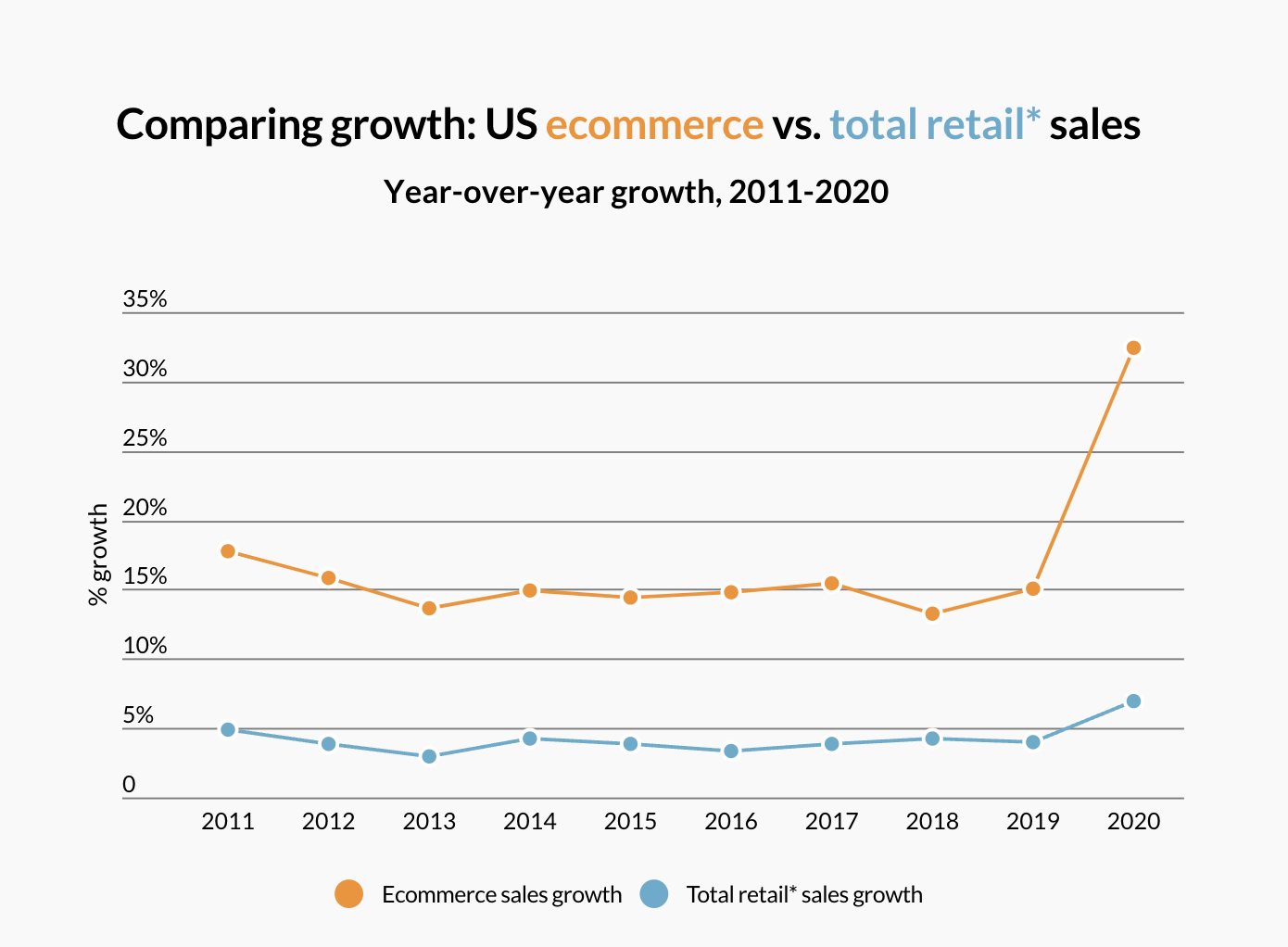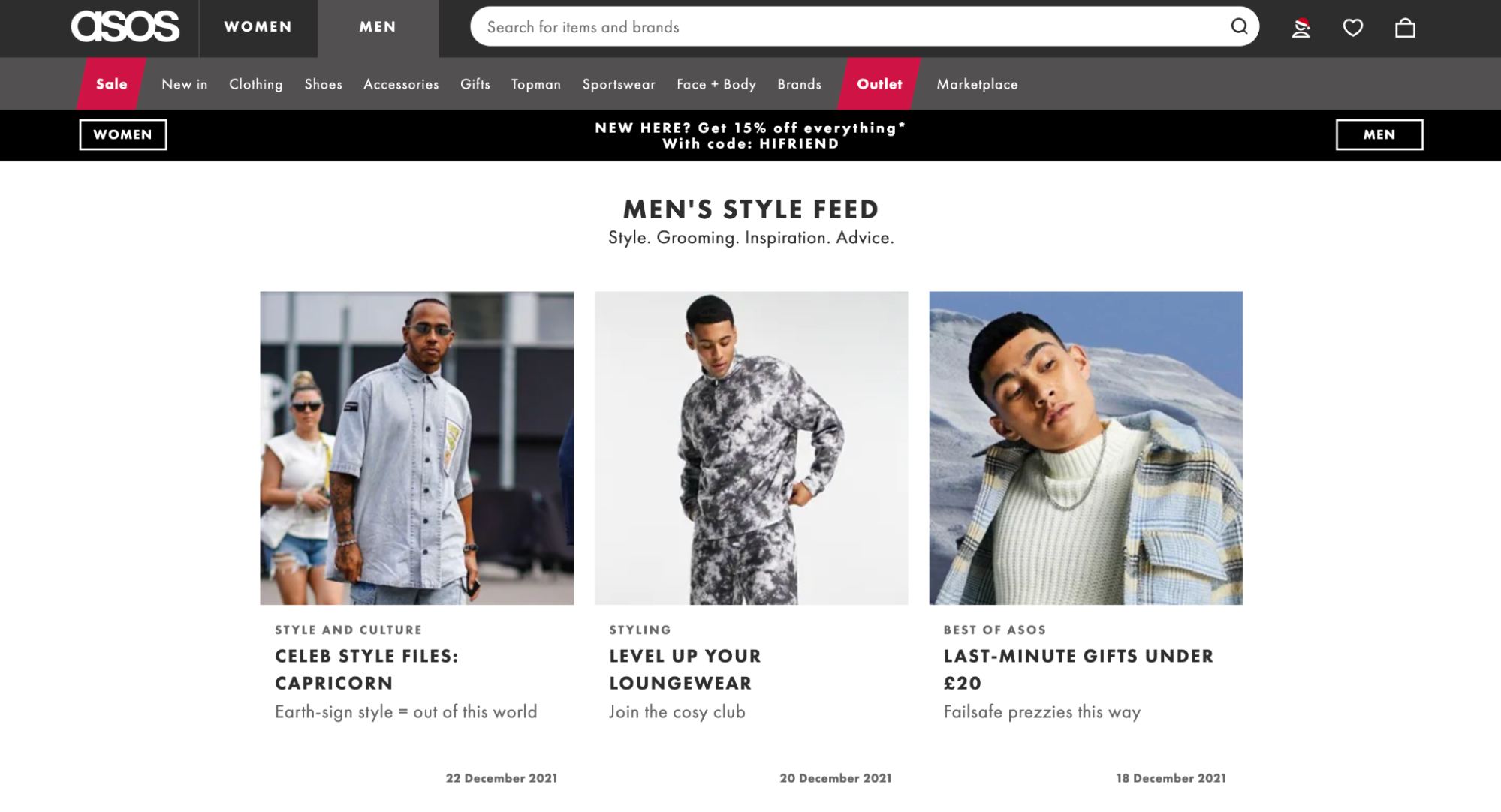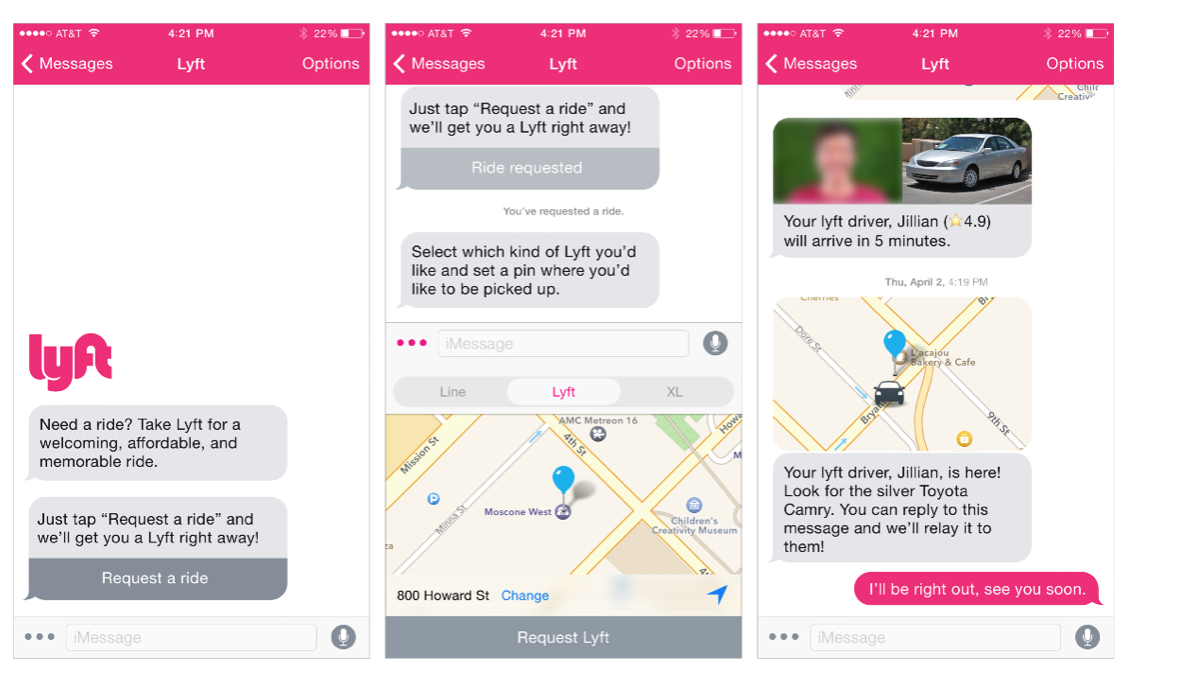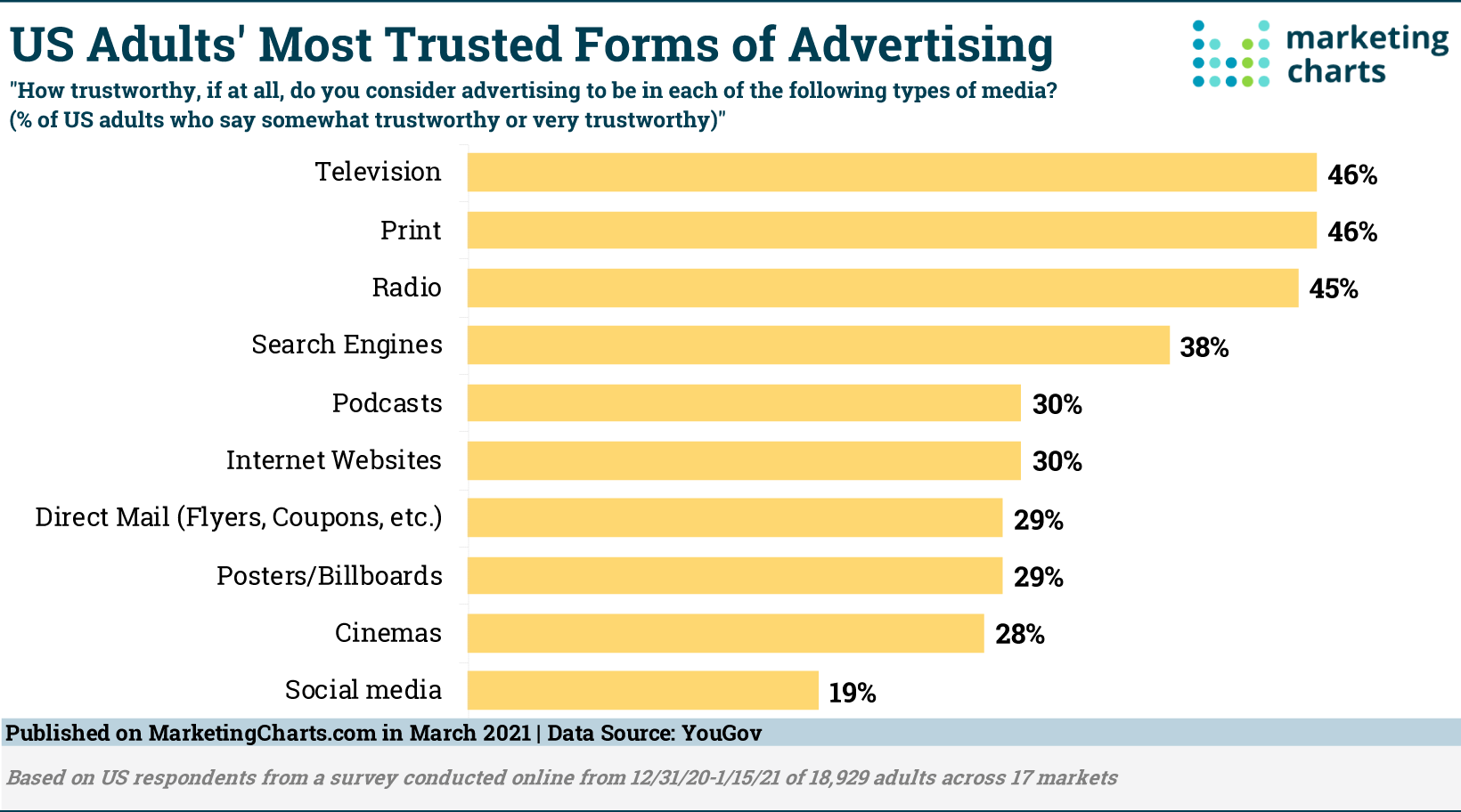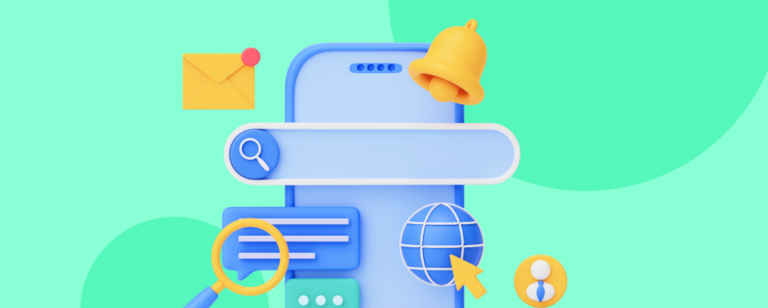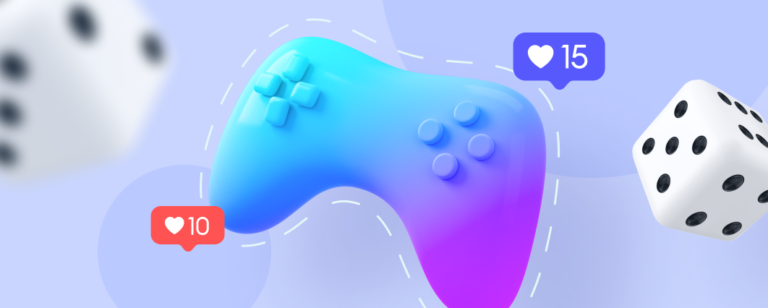It then jumps straight into the content loyal customers want to see – new books, with positive reviews and eye-catching colours. It’s simple, but very effective.
4. Referral Programs
People tend to trust those with whom they have a prior relationship. That’s why referral programs are highly influential for customer acquisition. Since people trust their family members or friends, they’re more likely to use a product recommendation from them.
Referral programs shouldn’t be limited to your existing customers. Ecommerce brands can also acquire customers by leveraging a referral program with a non-competitor brand that shares a similar customer demographic. For instance, Affise Reach offers a platform for agencies to meet and partner with brands for all marketing needs.
A referral program that involves your customers may include setting up a rewards system. The rewards system will kick in every time existing customers get someone to purchase a product from your ecommerce brand. Customers may get a bonus or other benefits depending on the referral program. It’s a good way of keeping your customers loyal, and hopefully, increasing their customer lifetime value.
Many marketers tend to dismiss the impact of referral programs as a customer acquisition strategy. However, even search engine powerhouse Google has a referral marketing program for Google Apps for Work. Each user gets a custom link to share with others. Then, they get a $15 deposit for every customer that activates a Google Apps for Work account with that link. So why not follow their lead?
5. Search Engine Optimization
51% of customers start their customer journey by researching the product on Google. Therefore, you can generate plenty of leads by creating optimized content that helps your ecommerce brand show up on search engine result pages.
This is called search engine optimization (SEO), and it involves doing keyword research, website audits, and using the info to create a content plan in order to bring organic traffic to your website.
The best part about search engine optimization is that it can be a permanent traffic source. Great SEO content can rank on Google for many years. As such, potential customers can always find your content and visit your website without paid ads.
6. Mobile Optimization
With customers in the USA spending near 48 billion USD via mobile devices, mobile optimization is fast becoming a top customer acquisition trend. Mobile optimization involves making your ecommerce website accessible to visitors using tablets and smartphones.
The end goal is a mobile-friendly website that provides a seamless experience for the average customer regardless of device. Whether it’s an iPhone X, Android device, or a Samsung tablet, you want all your customers to have an equally great experience.
No customer wants to scroll horizontally on their phones while exploring a product. Neither do they want to twist their mobile devices awkwardly to find a button. Poor navigation like this can make your customer acquisition numbers suffer. In fact, up to 61% of mobile website visitors will leave an ecommerce store if they can’t find what they need immediately.
7. Live Chat and AI Chatbots
In the marketing world, a deft hand is necessary to ensure customers click the purchase button. For example, a customer who calls your toll free numbers has shown interest in buying your product. The next step is convincing them to commit.
For typical brick and mortar stores, live support agents may be enough. But for ecommerce businesses, you can increase the effectiveness of your sales process with chatbots.
Chatbots can make for a seamless customer experience. It offers your ecommerce business the advantage of providing 24/7 customer support. Plus, you can provide this round-the-clock support at a reduced overhead. Just make sure there’s always an option to escalate to an agent, for more complicated queries.
Even major ecommerce businesses are taking advantage of live chat features. For example, customers can now request a Lyft ride using a chatbot available on Slack and Facebook Messenger. The bot can also provide driver information, including location, picture, and license plate number.










